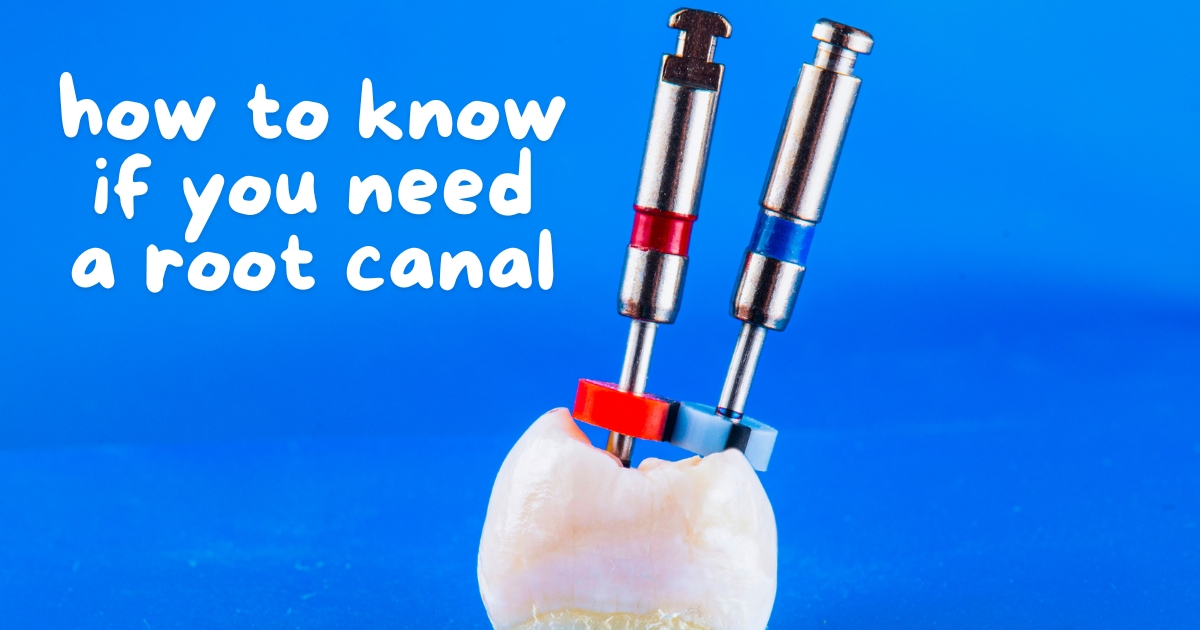We are not a registered Medicare/Medicaid Provider

We’ve all heard the phrase “root canal” and instantly think of pain and dread. However, the truth is that root canals are often the best option for saving a damaged tooth. Through this blog, we want to take away some of the fear surrounding these procedures by explaining why root canals are often the best option for saving a tooth, and what you should expect from the process.
What is Root Canal Treatment?
Root canal treatment is the removal of diseased or dead nerve tissue and pulp from inside your tooth. It’s done to repair damage caused by deep decay or infection, and also to prevent the spread of infection. The procedure involves removing the pulp chamber and all infected tissue, then cleaning and sealing the area.
Why is Root Canal Treatment Often Necessary?
Root canal treatment is necessary when deep decay or infection has reached the nerve of your tooth. This happens when a cavity isn’t treated early enough, or when a cracked or chipped tooth allows bacteria to enter. It may also be recommended if your tooth has been traumatized or irreparably damaged.
What are the Benefits of Root Canal Treatment?
The primary benefit of root canal treatment is that it can save your tooth. This procedure is often the only way to save a severely damaged tooth and prevent it from being extracted.
Root canal treatment can also improve the overall health of your mouth. It can help prevent infection from spreading to other teeth or areas of your body, and relieve discomfort caused by inflammation. This procedure can also help preserve the natural look and feel of your mouth since you won’t need to replace the tooth with a dental implant or bridge.
What Should You Expect During Treatment?
When you come in for root canal treatment, your dentist will use x-rays and other tests to ensure that the procedure is necessary. Then, they’ll numb the area around your tooth and begin the process of removing the infected or dead tissue. The dentist will then clean and seal the area, and may also recommend getting a crown placed to protect your tooth from future damage.
Aftercare
Once your root canal treatment is complete, it’s important to properly care for your tooth to ensure that it stays healthy. Be sure to brush and floss regularly, and to visit your dentist for regular check-ups. You should also avoid chewing hard foods or putting too much pressure on the tooth, as this can cause further damage.
Conclusion
Root canal treatment is often the best option for saving a damaged tooth. It can help prevent further infection, relieve discomfort caused by inflammation, and preserve the natural look and feel of your mouth. While it can be uncomfortable, most patients only experience mild pressure during their treatment.
Yes, most cases of root canal treatment can be completed in one visit, although some cases may require two or more visits.
The length of the procedure varies depending on the complexity of your case and other factors but typically takes between 45 minutes to an hour.
Root canal treatment can be uncomfortable, but the procedure is done under local anesthesia to minimize your pain and discomfort. Most patients report feeling only slight pressure during their treatment.




